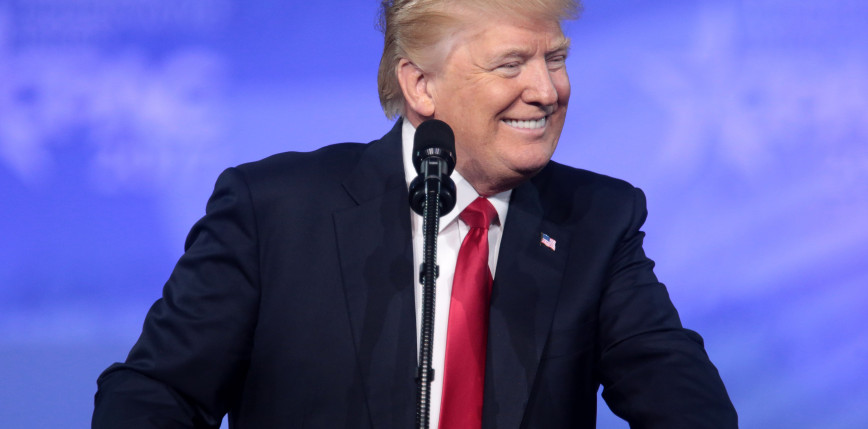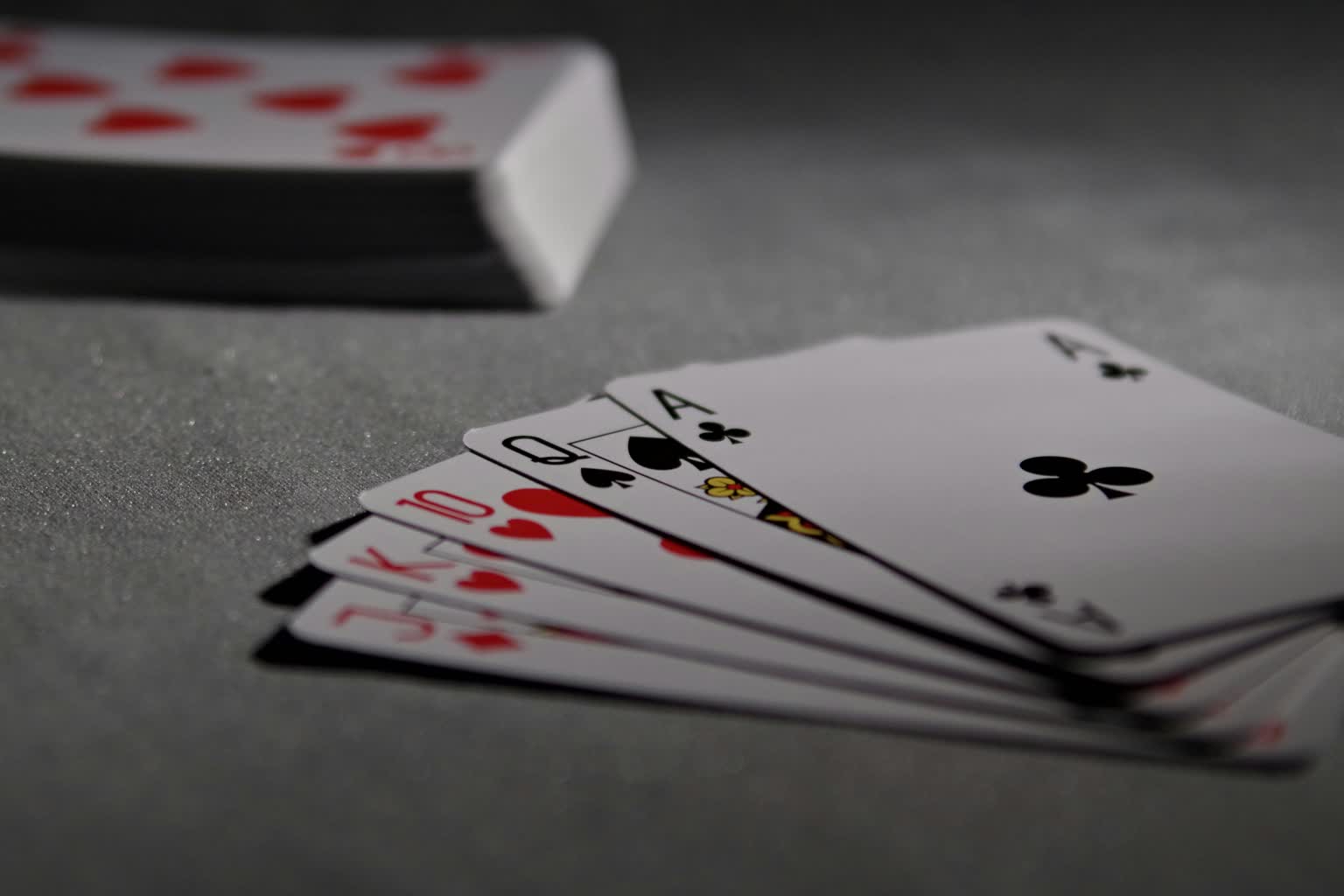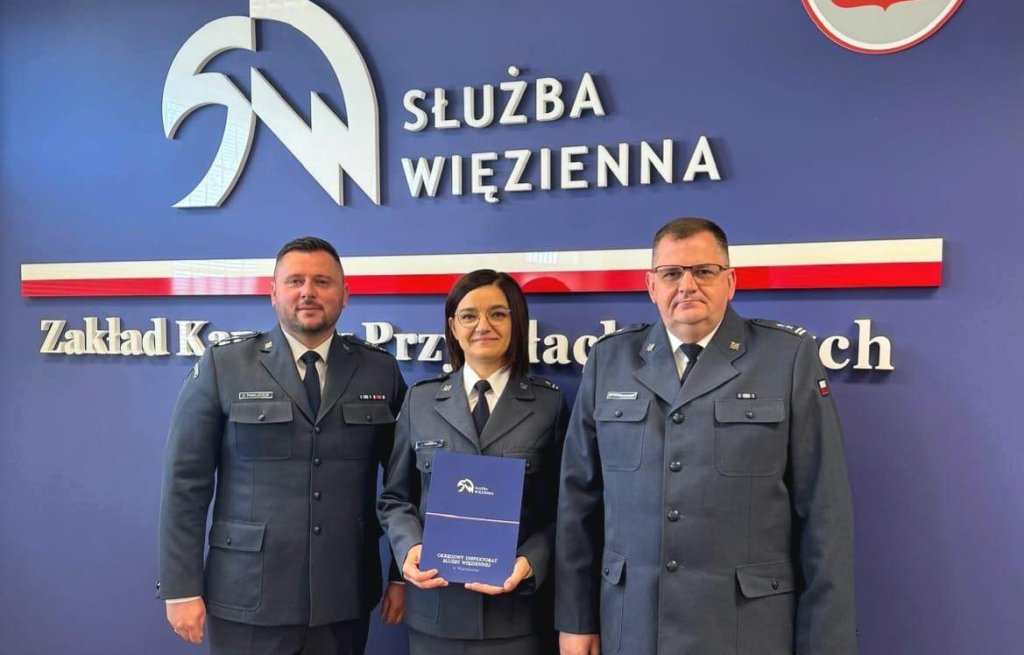Historical calendar: anniversary of the unsolved conflict of Olszynka Grochowska. However, thanks to the large sacrifice of Poles, the Russians had to withdraw.
Today in our calendar we will look at the course of this clash.
On February 6, 1831, the 127-thousand Russian army, consisting of 2 infantry corps, 2 driving corps and a grenadier corps, crossed the borders of the Kingdom of Poland. Russian forces were commanded by Field Marshal Ivan Dybicz. His goal was to suppress the November Uprising. According to the decisions made in the Tsarist staff, the offensive was to be carried out on the Siedle road, towards Warsaw.
Meanwhile, the Polish Army had 27 1000 soldiers before the outbreak. After mobilizing, in early February 1831 his condition grew to 57,000. Following Russian activities, the main Polish forces were concentrated on the line: Kałuszyn – Dobry – Stanisławów – Radzymin, while the detachments under Dęb Wielki and under Prague. The Polish command, which initially did not take offensive action to hinder Russians' crossings, decided to counter the Russian attempts to bypass the Polish right wing grouped on the Siedle road.
Polish group separated under the command of Gen. Józef Dwernicki, composed of cavalry, infantry and artillery (7 squadrons of Uvans, 6 squadrons of horsemen, 3 battalions of linear infantry, Kracus squadron, Customs battalion and artillery battery) on 14 February 1831 crashed under Stoczek the Russian cavalry division under Gen. Fiodor Geismar. In the battle, the alleged Krakusi were peculiarly distinguished.
The first winning cavalry battle, although without much operational significance, positively influenced the morale of the Polish Army. The Russians lost about 400 dead and wounded soldiers, 230 prisoners and artillery in the battle. On the Polish side, about 100 soldiers were killed and wounded.
Meanwhile, the Russians were approaching Warsaw. In accordance with the rule of delaying their march, Poles withdrew in the run-off, where the decisive conflict on the prefields of Warsaw was to take place.
Gen. Józef Chodzicki grouped troops in the area of Wola Grzybowska, Wawra and Grochow. The main tactical point in this area was the chick, called Olszynka Grochowska. After the unsolved conflict of Wawrem, on 20 February the battles for Olszynka Grochowska began, which was the key to Polish positions. Obtaining Olszynka could jeopardise Polish positions in Prague and, as a result, deprive Poles of operational capabilities.
The group of insurgent troops for the conflict consisted of the 2nd Infantry Division of Gen. Franciszek Żymirski and 3rd DP under Gen. Jan Skrzynecki. The left wing protected the 1st DP Gen. Jan Krukowicki. On the right wing was prepped 4th DP commanded by Gen. Piotr Szembek. Artillery has been placed so far in groups of individual divisions on both sides of the road. The Polish ariergard was composed of: Cavalry Corps of General Tomasz Łubinski. The approach to Ząbek was guarded by General Jan Uminski.
In total, there were 34 1000 bayonets, 10 1000 sabers and 120 guns in the Polish ranks. The chief was a gene. Michał Radziwiłł, although Gen. Józef Chodicki was in charge. Russian forces at Olszynka Grochowska numbered 59 1000 soldiers and 178 guns. respective attacks by the Russians were repulsed.
The main fights for this position began on 25 February in the morning. respective Russian battalions invaded Olszynka, whose attack broke down in the fire of the Polish defence. The next, stronger storm besides failed. The 3rd attack was besides stopped by regiments from the Gen. Franciszek Żymirski division. The fourth, very strong attack of Russians (25 battalions) failed to defy and the enemy broke into the Grochów position. General Franciszek Żymirski was killed in the fight, and the bled regiments were incapable to take counterattack.
2. DP did its job, giving wing divisions the chance to counterattack, which was personally directed by Gen. Józef Chodzicki. Olszynka was recovered and the Russians were rejected for starting positions.
However, Feldmarszałek I. Dybicz had fresh forces and threw 34 battalions into Polish positions this time, which again entered Olszynka. The attempts to counterattack with General Tomasz Lubieński did not come to fruition due to the fact that he refused to comply with the order. The dramaturgy of the situation was completed by the injury of Gen. J. Chodicki, who transferred command to Gen. J. Skrzynecki, and Gen. Michał Radziwiłdł delegated his duties to General Piotr Szembek.
The resulting confusion in command affected the further course of the battle, as no 1 on the Polish side was able to coordinate it. The army began retreating for strengthening Prague. The last episode was an effort to charge the Russian cavalry, which penetrated the rear of the retreating Polish troops. However, the unfavorable terrain conditions and the consolidation of the defence caused a complete breakdown of the Russian Kirasjer regiment.
The falling dusk, as well as the losses suffered, led to the cessation of the battle, which is treated as pending. The losses on both sides were huge. The Russians lost about 9400 dead, wounded and prisoners. After the Polish throne, they amounted to 7350, including 1054 prisoners. After the conflict of Olszynka Grochowska, the Russians no longer attempted to attack Prague and Warsaw. There was a break in war activities until the spring offensive of Polish troops (according to plans developed by Gen. Ignacy Prądzyński).
Previous entry from our calendar is available Here.
















